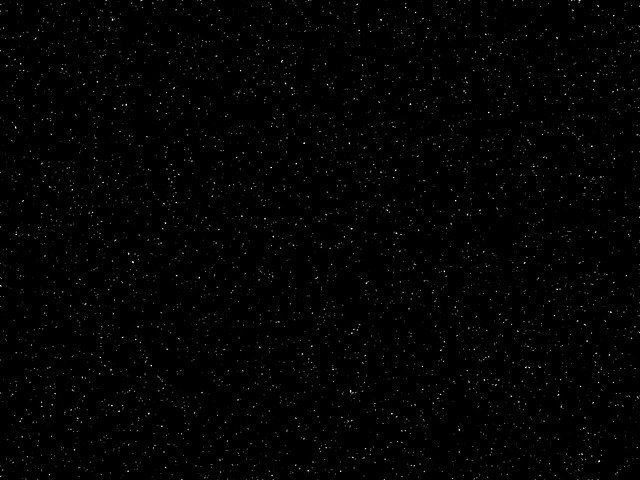There is no better way to start your Summer Holidays that to go stargazing! While we wait for the most reliable annual meteor shower, the Perseids, that will peak in mid-August (this year it will unfortunately coincide with a nearly Full Moon), July has some meteor showers to look out for too!
Aquarius constellation
The July Delta Aquariid meteor shower is associated with the Southern constellation Aquarius the Water Bearer. In the Northern Hemisphere Aquarius is known as “Autumn constellation” and is best observed in October. But actually it appears here way earlier, starting from the late Summer. You just need to wait until after the midnight to see it.
When it comes to the meteor shower, the Southern Hemisphere observers have the best chances of spotting Delta Aquariids meteors. But we here in the Northern Hemisphere can see them too! Are you planning to observe the Delta Aquariids?
Double shower
The Delta Aquariids are in fact a “double radiant“ meteor shower (a radiant is the point in the sky where the meteors seem to be coming from) with two outbursts coming from two locations within the Aquarius constellation.
- The first outburst, the Southern Delta Aquariids, is active mid-July to mid-August. The radiant of the shower is located in the southern part of Aquarius near the main-sequence star Delta Aquarii (or Skat). Southern Delta Aquariids are a moderately strong shower that can produce around 20 meteors every hour. This year it will peak in the night of July 28-29th.
- The radiant of the second outburst, the Northern Delta Aquariids, lies further North close to the brightest star in Aquarius, the yellow supergiant Beta Aquarii (or Sadalsuud). The Northern Delta Aquariids are a weak shower that produces only a handful of not-to-bright-meteors every hour. Northern DA are active in mid July-mid September with a peak on August 14th.
The parent body of Delta Aquariids
The origin of the Delta Aquariids is a long standing mystery. Even now, after decades of visual and radio observations, astronomers do not have a definite answer.
The Southern Delta Aquariid shower is most likely to be associated with the short-period comet 96P/Machholz that was discovered in 1986 by the American stargazer Donald Machholz. Interestingly, it has such an unusual composition that astronomers think the comet might have been born outside the Solar System and later pulled into its current orbit. Its trajectory is quite peculiar too because at perihelion 96P gets closer to the Sun than Mercury. Such close encounters with the Sun are a deadly business for a small body like comet. The smallest of them do not even survive a single close passage and evaporate, while the bigger ones break into fragments. 96P must have suffered fragmentation too!
In fact there are several groups of comets, namely Marsden- and Kracht-group comets, and a few meteoroid swarms (one of them being Southern Delta Aquariids) that are associated with Malchholz. Astronomers think that a long time ago their common parent broke into pieces giving birth to this currently observed population of objects. So where do the Delta Aquariid meteors come from? Nobody knows for sure!
Conclusion
Wherever you are, look out for (Southern) Delta Aquariids in late July (27th-30th), between midnight and sunrise. Choose a dark location, away from city lights and obstructions such as trees and buildings. The nearly New Moon will make it easier to observe and the forecast looks very promising!
Further reading
- ORIGIN OF THE MARSDEN AND KRACHT GROUPS OF SUNSKIRTING COMETS. I. ASSOCIATION WITH COMET 96P/MACHHOLZ AND ITS INTERPLANETARY COMPLEX
- History of the Delta Aquariids observations
- WonderDome space blog
Still curious?
Visit our inflatable star dome to learn more about the night sky or send you questions to our portable planetarium team.

